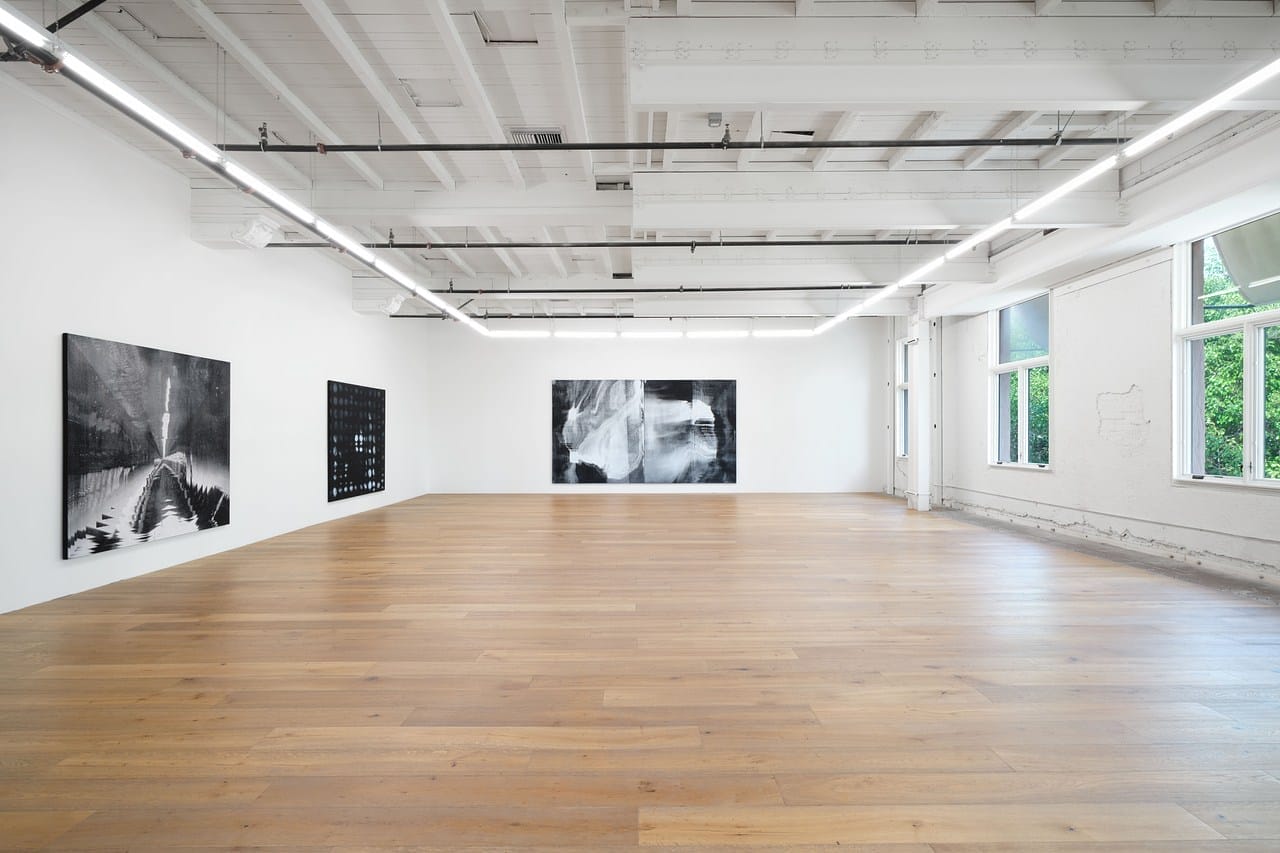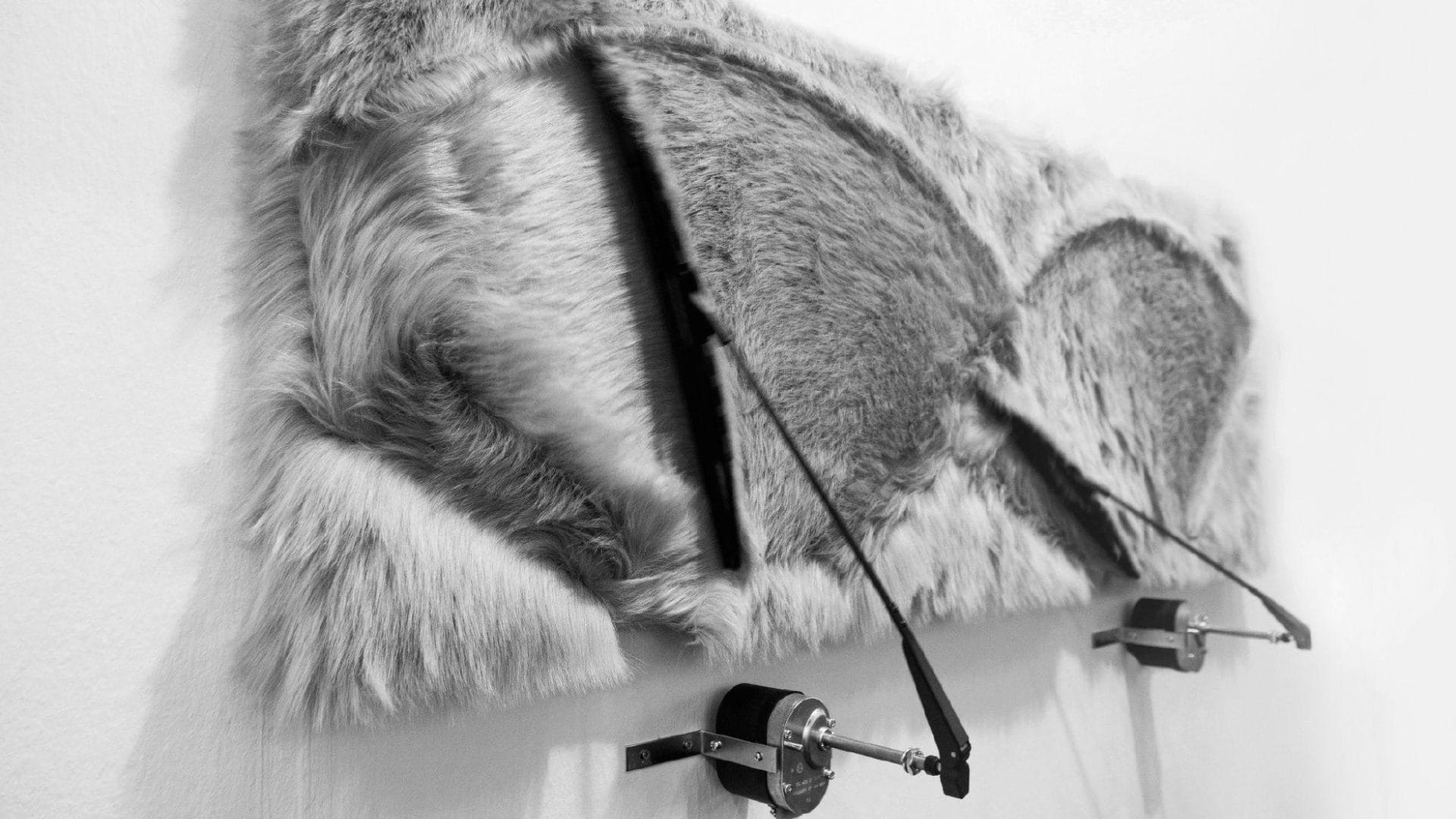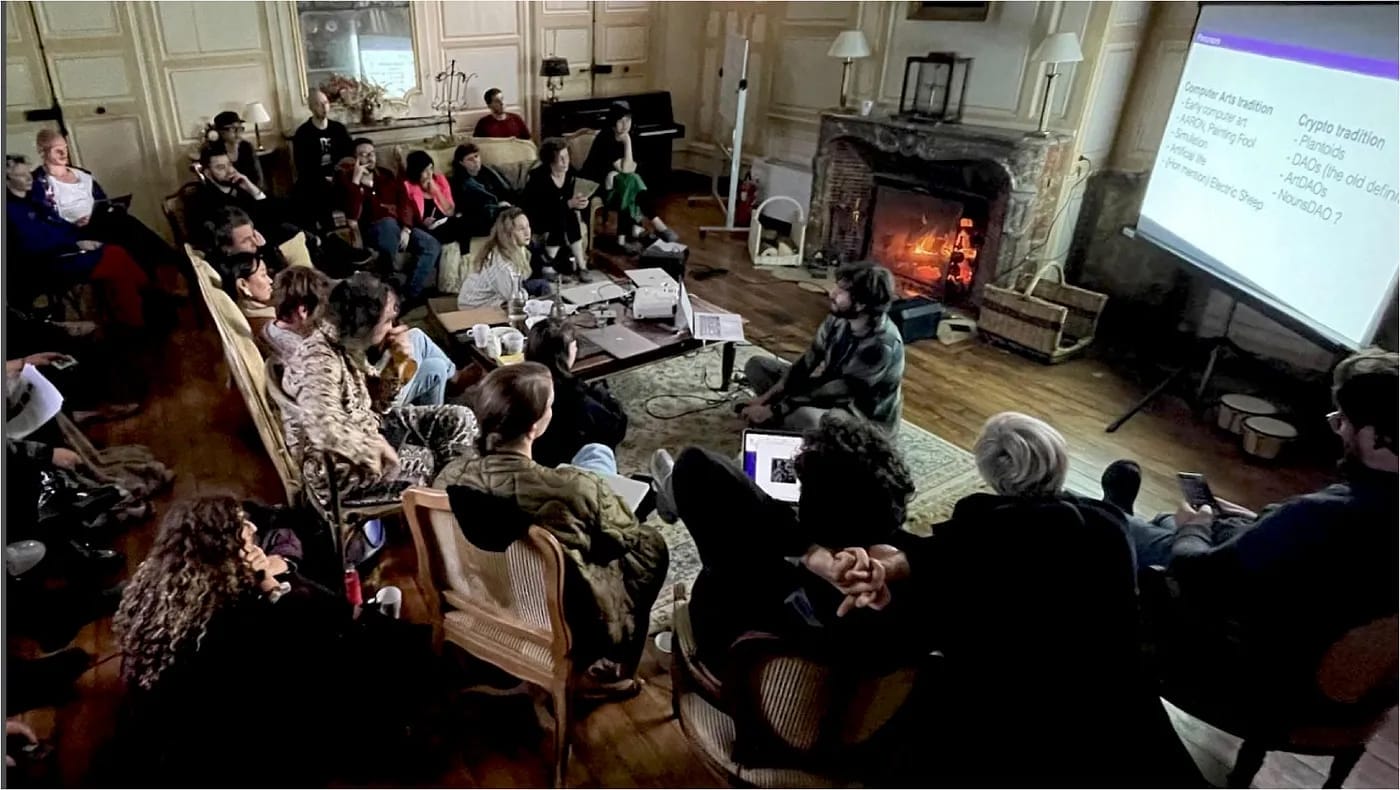
Fakewhale in Dialogue with Camille Rouzaud

The urban and natural elements are both very present in my life. I grew up til age 9 in a village 30 minutes from the sea and then we moved to public housing in Narbonne. They are both what I know. Even nature is tainted with manmade materials in my memories, I was a kid before Europe developed environmental civism.
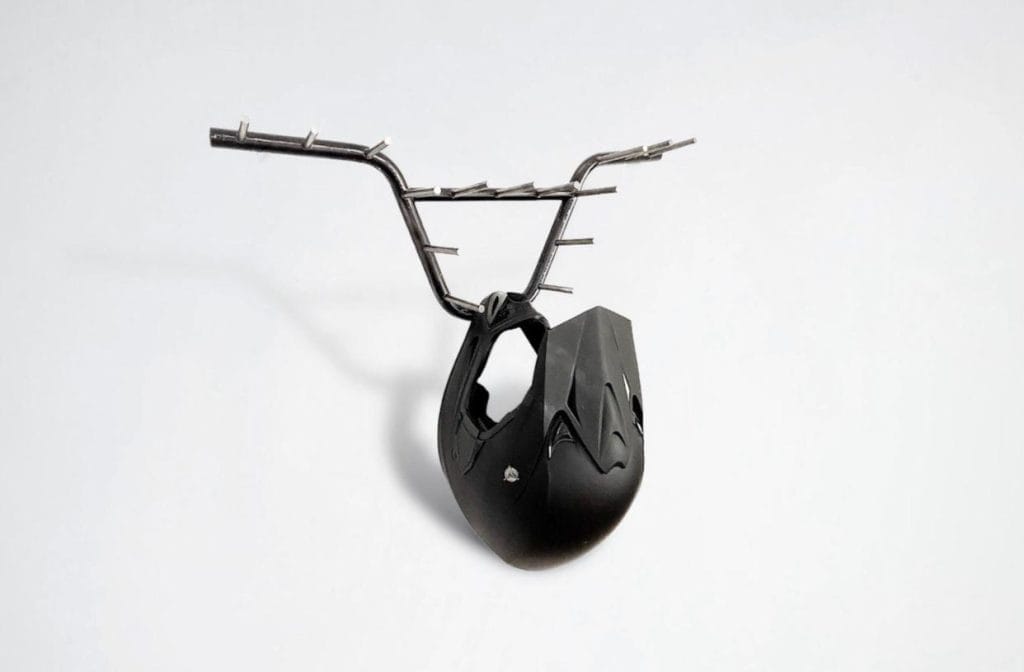
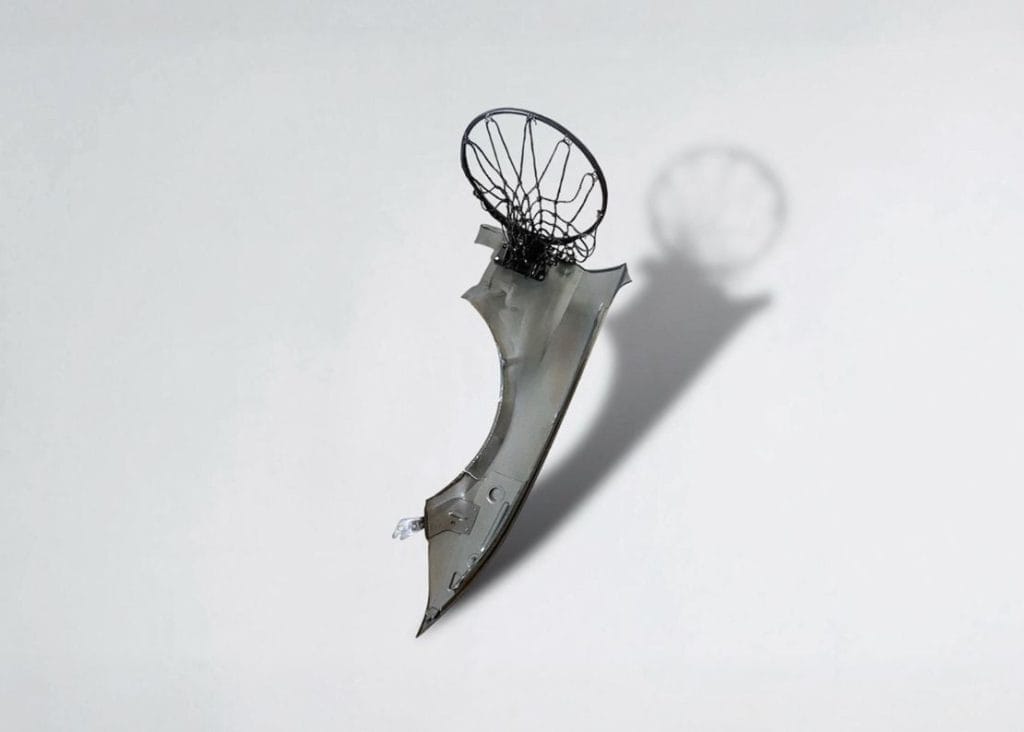
My soul has always been attracted to this city, even when it was just a concept in my 12 years old kid head. It sounded crazy to be able to jump this huge bridge and land here from where I’m from. But, somehow deep down, I didn’t understand why I could not make everything happen, why there were any rules to follow, so I just kept walking intuitively. Meanwhile my stomach got full of emotions for other cities, Paris, Marseille, Barcelona, San Juan, ( I’m not sure where LA fits tho)… but i knew they were temporary, even if they are recurring. On one hand, as a non binary queer person, New York can be a life saving place for us. But the reality is that energy pulled me to experience what I need to experience in this incarnated life. Lots of love but also liberation for sure.
fakewhale
Founded in 2021, Fakewhale advocates the digital art market's evolution. Viewing NFT technology as a container for art, and leveraging the expansive scope of digital culture, Fakewhale strives to shape a new ecosystem in which art and technology become the starting point, rather than the final destination.
You may also like
Kate Mosher Hall at Hannah Hoffman Gallery, Los Angeles
“Never Odd or Even” by Kate Mosher Hall, at Hannah Hoffman Gallery, Los Angeles, Februar
Fakewhale in Dialogue with Pfeifer & Kreutzer
Since 2014, Pfeifer & Kreutzer have built a distinctive and nuanced artistic universe, one where
How to craft an art tribe with open source DNA?
Decentralized Dynamics and Protocols: A New Type of Art Manifesto in the Internet 3.0 Era?” URL fr

